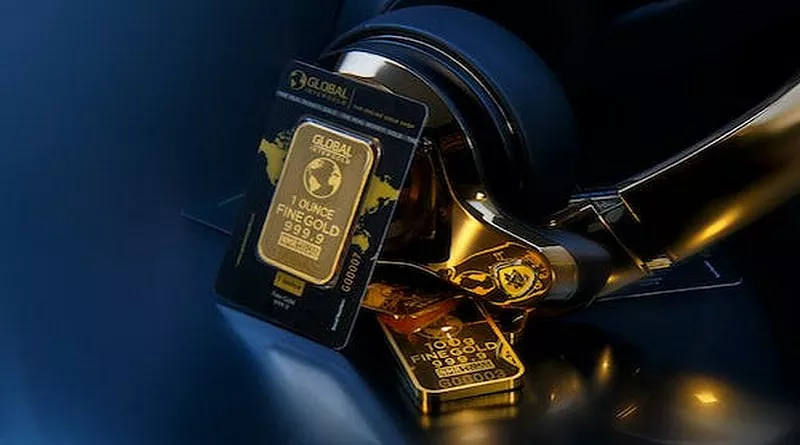In the winding corridors of a Tehran bazaar, a gold salesman urged shoppers to invest in the precious metal as a safeguard against the country’s collapsing currency, the rial. “Your money is dead,” he declared, echoing widespread concern among Iranians facing economic hardship and geopolitical tensions.
Over the past year, gold prices in Iran have surged more than 80% in local currency terms—outpacing the global increase of 45%—as businesses and ordinary citizens alike turn to gold to protect wealth and circumvent international sanctions. The price of gold coins rose from around IR401 million to IR735 million (approximately $900), underscoring the metal’s growing appeal.
Iran has emerged as one of the world’s top consumers of gold bars and coins, importing a record 100 tonnes valued at $8 billion in the 12 months ending March, according to official data. Analysts suggest the actual volume could be twice as high, with substantial gold flowing through nearby hubs such as the UAE and Turkey.
Gold as Economic ‘Weapon’ and Reserve Hedge
Majidreza Hariri, head of the Iran-China Chamber of Commerce, described gold as a strategic asset, likening Iran’s economic tactics to guerrilla warfare: “If other countries run their economies like conventional armies, we operate like guerrillas. Today it might be gold, tomorrow [cryptocurrency] Tether, and so on.”
It is believed that Iran’s Central Bank has amassed sizable gold reserves, possibly at record levels, to cushion against potential future sanctions, though officials have declined to comment. One economist noted the opacity of the global gold market and Iran’s ability to import gold largely unhindered: “No one in the world can stop Iran from importing gold.”
Previously, Iranian authorities encouraged non-oil exporters to circumvent banking restrictions by accepting payments in bullion. However, recent months have seen a quiet suspension of tariff-free gold imports, with no official explanation provided.
Volatility and Risks Amid Nuclear Talks
The gold market in Iran has experienced sharp volatility. Prices briefly exceeded IR1 billion per coin in March, only to drop after renewed US-Iran nuclear negotiations hinted at potential easing of sanctions.
Fatemeh, a 24-year-old housekeeper, purchased 16 grams of bullion near the market peak but suffered losses after selling at lower prices. “I was not looking to make a profit,” she said. “I just didn’t want to lose my family’s savings. But sadly we did.”
Despite hopes for a nuclear deal, fundamental disagreements persist. US officials demand Iran halt uranium enrichment—a demand Tehran rejects—while President Donald Trump continues his “maximum pressure” campaign, imposing new sanctions targeting Iran’s crude oil exports.
In response, Tehran has increased its stockpile of highly enriched uranium to record levels, prolonging geopolitical risks.
Gold Hoarding and Social Impact
Amid persistent uncertainty, many Iranians reportedly hoard gold and US dollars at home, avoiding banks altogether. “It’s like wine that just sits in storage,” explained Mohammad Keshtyaray of the Gold and Jewellery Special Committee.
The surge in gold demand has also led to increased thefts, with local media frequently reporting burglaries targeting jewelry. Mina, a 72-year-old Tehran resident, returned from holiday to find her entire jewelry collection stolen.
Meanwhile, traditional gold artisans and jewelers face dwindling demand for decorative gold. Economic hardship has eroded purchasing power, even as gold investment rises. “There was a gold market in Isfahan a thousand years ago,” said Ali, a gold trader. “Now, it’s not that women have lost interest—it’s that they’ve lost purchasing power.”


